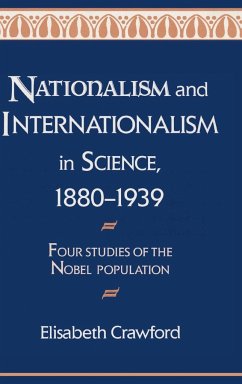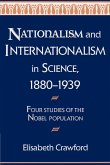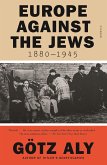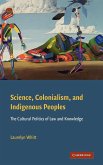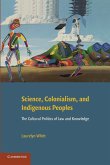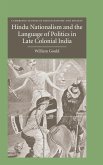The founding of the Nobel Prize in 1901 confirmed the internationalisation of science. The workings of the Nobel institution rested on an international community of scientists who forwarded candidates for the prizes. Along with the candidates and eventual prizewinners, they constituted the Nobel population, which in the fields of chemistry and physics between 1901 and 1939 numbered over one thousand scientist renown from twenty-five countries. Crawford uses this Nobel population for prosopographic studies that shed new light on national and international science between 1901 and 1939. Her four studies examine the following problems: the upsurge of nationalism among scientists of warring nations during and after World War I; the existence of a scientific centre and periphery in Central Europe; the élite conception of science in the United States; and the effective use of the Nobel prizes in an organisation whose primary purpose was to further national science.
Table of contents:
List of figures; List of tables; Acknowledgements; Introduction; Part I. Conceptual and Historiographical Issues: 1. Methods for a social history of scientific development; 2. First the nation: national and international science, 1880-1914; Part II. Critical and Empirical Studies: 3. Internationalism in science as a casualty of World War I; 4. Centre-periphery relations in science: the case of Central Europe; 5. National purpose and international symbols: the Kaiser-Wilhelm Society and the Nobel institution; 6. Nobel laureates as an élite in American science; Bibliographical essay; Index.
Showing how the rise of scientific organisations around the turn of the century had centred on national scientific enterprises, Crawford argues that scientific activities of the late nineteenth century were an integral part of the emergence of the nation-state in Europe.
This book examines the upsurge of nationalism among scientists of warring nations during and after World War I.
Hinweis: Dieser Artikel kann nur an eine deutsche Lieferadresse ausgeliefert werden.
Table of contents:
List of figures; List of tables; Acknowledgements; Introduction; Part I. Conceptual and Historiographical Issues: 1. Methods for a social history of scientific development; 2. First the nation: national and international science, 1880-1914; Part II. Critical and Empirical Studies: 3. Internationalism in science as a casualty of World War I; 4. Centre-periphery relations in science: the case of Central Europe; 5. National purpose and international symbols: the Kaiser-Wilhelm Society and the Nobel institution; 6. Nobel laureates as an élite in American science; Bibliographical essay; Index.
Showing how the rise of scientific organisations around the turn of the century had centred on national scientific enterprises, Crawford argues that scientific activities of the late nineteenth century were an integral part of the emergence of the nation-state in Europe.
This book examines the upsurge of nationalism among scientists of warring nations during and after World War I.
Hinweis: Dieser Artikel kann nur an eine deutsche Lieferadresse ausgeliefert werden.

